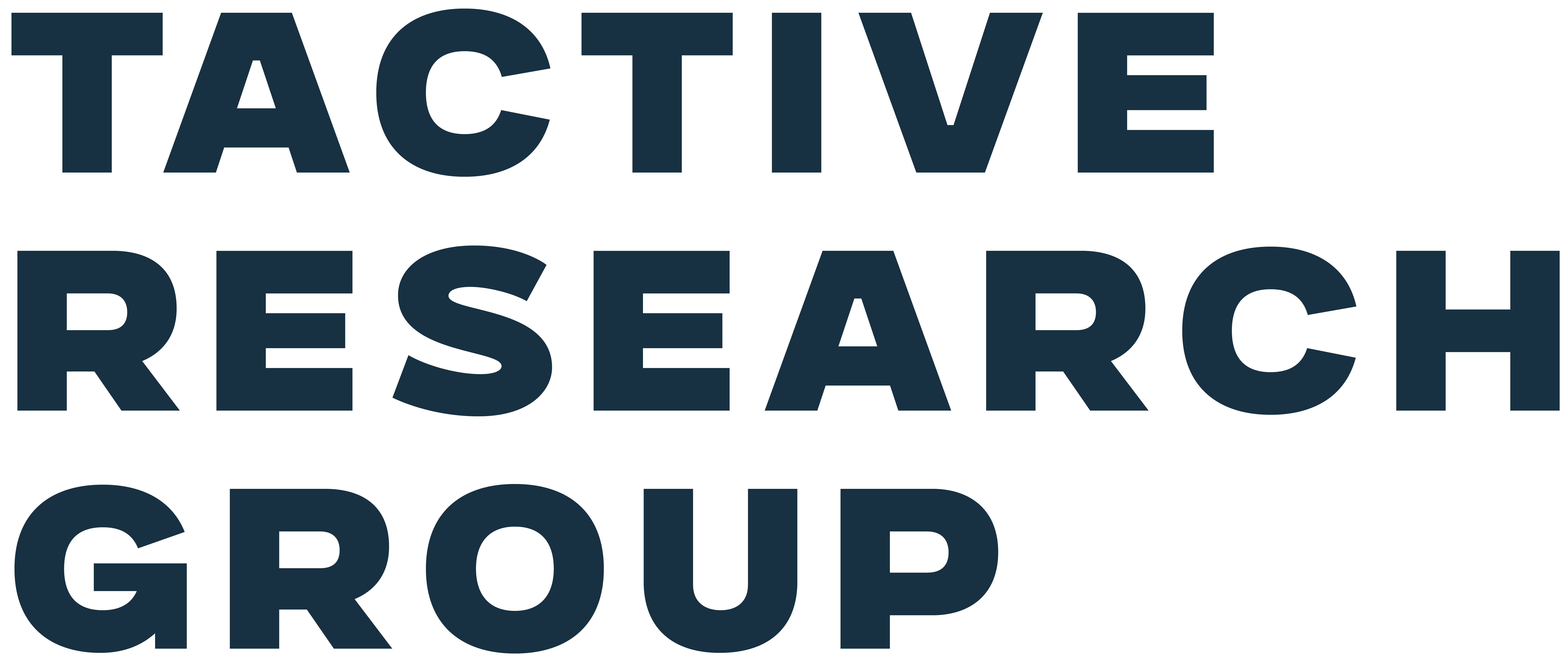Smaller organizations don’t need deep pockets to embed security into DevOps, they just need deeper integration. Instead of chasing shiny enterprise security suites, SMEs should start small, use open-source tools, and incrementally embed security into development pipelines. The smart play: start with threat modeling and automated scanning, then scale as capacity grows.
Why You Should Care
Cyberattacks are growing in complexity and frequency, and regulatory scrutiny is on the rise. For resource-strapped organizations, traditional security-as-a-final-check approaches are outdated and risky. DevSecOps, shifting security left into every phase of development, has emerged as the modern standard. However, small organizations often face five daunting obstacles: lack of skilled personnel, insufficient guidance, toolchain complexity, security as an afterthought, and organizational silos.
The good news? DevSecOps doesn’t have to mean enterprise-sized budgets. You can create value without creating debt. Open-source tools like OWASP Threat Dragon, Semgrep, and GitLeaks provide threat modeling, static analysis, and secret scanning capabilities without a license fee. Security maturity can be grown organically, starting with a pilot project, sharing skills across teams, and embedding a “security-first” culture. What’s more, embedding security early reduces the cost of fixes and accelerates time-to-market, making DevSecOps a win-win.
Skipping security is no longer affordable. With threat actors automating their exploits, SMEs need to automate their defenses, or they’ll remain easy targets.
What You Should Do Next
- Assess readiness and gaps. Don’t dive into DevSecOps without first checking your team’s bandwidth, skills, and automation maturity.
- Pilot before scaling. Start with one project. Integrate lightweight tools like Semgrep, test with STRIDE modeling and iterate.
- Empower through training. Cross-train developers in secure coding and threat modeling, fostering a shared sense of security ownership.
Get Started
- Start small, stay sharp. Launch a proof-of-concept DevSecOps project in one agile team. Keep metrics, gather lessons, and scale gradually.
- Use open source wisely. Replace expensive suites with tools like OWASP Threat Dragon, GitLeaks, and Semgrep. They punch above their weight.
- Build a security culture. Normalize secure coding discussions in daily standups. Reward risk-reduction efforts just like feature deliveries.
- Train and rotate. Invest in just-in-time security learning, and rotate champions across teams to spread knowledge without hiring new staff.

